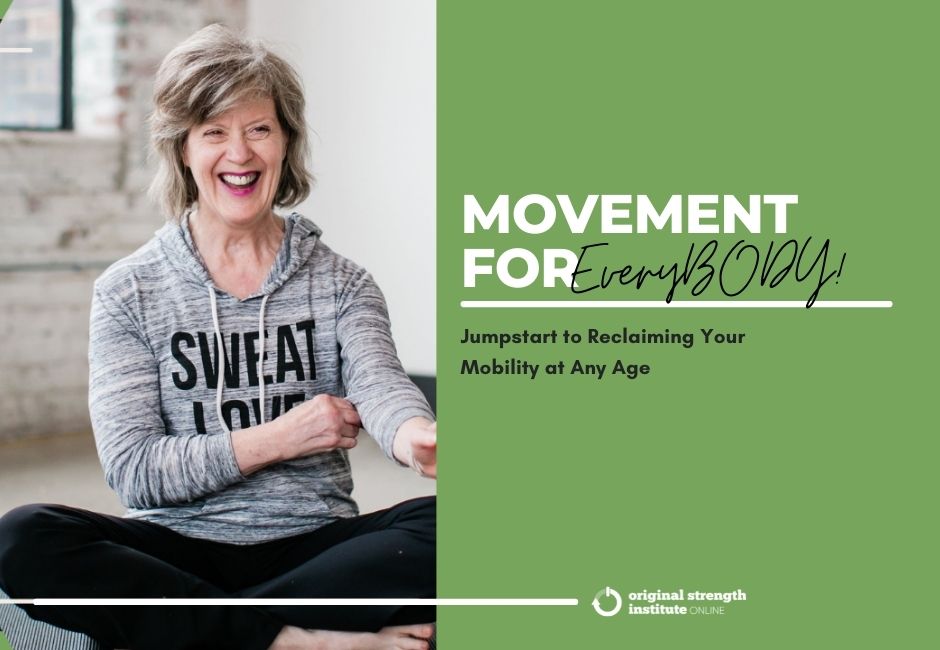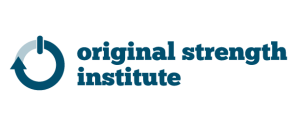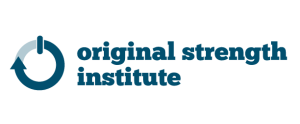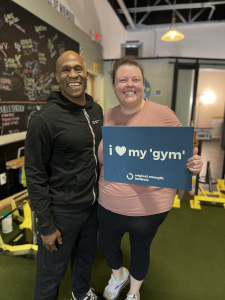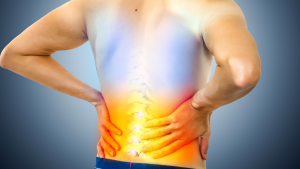I’ve had some conversations recently with some of my Generation X friends that got me thinking about my own parents. They’ve been gone for a few years now, but I’ve been recalling memories of when they were about my age (I’m 63). Specifically, I remember going to visit them at the charming little 55+ community in Arizona where they’d purchased a small retirement home — a place where they could spend their winters away from the ice and snow of their home state, Minnesota.
Instead of going for a walk to show me around the premises, we rode around in their car as they pointed in the distance to what they wanted me to see. It really threw me because this was so different from how they’d always been — relatively active, up for an adventure, and certainly not the type to avoid even a short walk. But what really caught my attention during the 4-day visit was how simple, daily activities were getting more challenging for them and they were beginning to rely on the help from others more than ever.
Had I known then what I know now, I might have felt more equipped to help them maintain their independence and stay active and social as they got older. This is a common theme I see among many of my clients. They’re getting into their golden years, and realizing that some aspects don’t feel very golden.
They’re noticing increasing challenges with things like:
- Walking (especially for longer distances or on uneven surfaces)
- Taking care of their house
- Balance and the fear of falling
- Playing with their grandkids
- And even getting dressed and ready to leave the house sometimes feels like more trouble than it’s worth
It’s also not uncommon to start to rely on help from their adult children more than they’d like. Does this sound all too familiar? Here’s the good news if you’re in a similar situation. It’s simpler than you might think to improve and even help reverse these circumstances!
I’ve worked with many folks from all walks of life and helped them reclaim and maintain their independence, confidence, and quality of life — through teaching them simple, gentle movements (a.k.a. “Original Strength RESETS”) that help them to restore mobility and strength to their bodies — regardless of age or fitness level!
So you might be wondering how you can help your parent(s) disrupt the aging process and add a little buff and shine to their golden years?! After all, you just want them to be happy, healthy, and be able to enjoy activities with friends and family!
If the person has been experiencing pain, the last thing they’re thinking about is moving their body! By showing empathy and compassion, you can explain the concept of “motion is lotion” to them. Suggest to them to think of their body like a car; if they don’t drive that car, it rusts and gets stuck. The same is true of our bodies. Even small, gentle movements can begin the process of “lubricating” the joints and making movement easier and less painful!
Many Baby Boomers and Seniors have spent the past 2 years primarily sitting in a chair and staring at screens (TV, computer, smartphones). They may find that even moving their head and neck is more challenging than expected, and might even alarmingly sound like Rice Krispies! (As long as the snap, crackle, and pop isn’t accompanied by pain, all is good!)
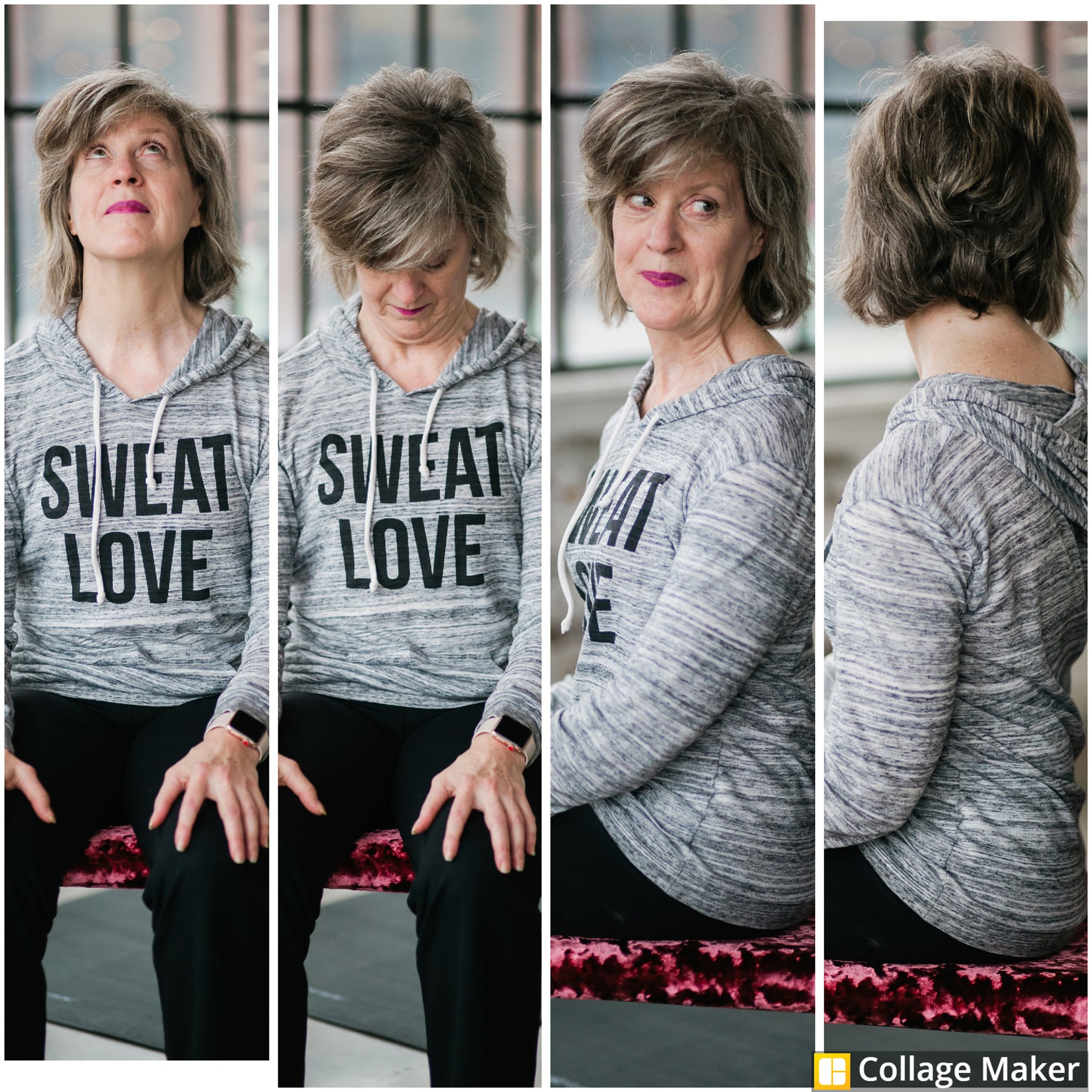
You can start with something as simple and uncomplicated as sitting in a chair opposite of your parent and lead them through several “Head Nods” and “Side-to-Side Head Turns”…
- HEAD NODS: Sitting up tall, slowly look up towards the ceiling with your eyes and then allow the neck and head to follow. Next, look down towards your belly and bring your chin down in the direction of your chest. It’s like you are nodding your head ‘yes’.
- Try doing this 3-5 times in each direction to start.
- Remember to breathe as you do this.
- SIDE-TO-SIDE HEAD TURNS: Next, turn your head to the left and then to the right like you are saying ‘no’.
- Do this 3-5 times in each direction.
![]() Note: There might be some sensation felt — a little tugging or pulling — which is normal, but it’s important to never move into pain (i.e. stabbing or sharp-shooting) If pain or dizziness occurs, stop the movement. Just moving the eyes (up and down, left and right) also provides great benefit by stimulating the vestibular system (tied to balance and coordination). Encourage your parent(s) to do this several times throughout the day, especially if they’ve been sitting with their head in one position for a period of time. These movements (“RESETs”) are so simple they may question how this could possibly help them begin to reclaim their physical fitness. Ask them to trust you and the process. Small incremental changes can lead to profound results…and soon they will begin to notice how much better and easier life becomes!
Note: There might be some sensation felt — a little tugging or pulling — which is normal, but it’s important to never move into pain (i.e. stabbing or sharp-shooting) If pain or dizziness occurs, stop the movement. Just moving the eyes (up and down, left and right) also provides great benefit by stimulating the vestibular system (tied to balance and coordination). Encourage your parent(s) to do this several times throughout the day, especially if they’ve been sitting with their head in one position for a period of time. These movements (“RESETs”) are so simple they may question how this could possibly help them begin to reclaim their physical fitness. Ask them to trust you and the process. Small incremental changes can lead to profound results…and soon they will begin to notice how much better and easier life becomes!
Reclaim Your Active Lifestyle
Discover How Simple It Can Be To Begin To Minimize Your Stiffness And Pain . . . In Just 4 Weeks!
In one month, you can experience reduced stiffness and pain using safe, efficient, and proven movement restoration techniques — and this self-guided online course will show you how.
Course Opening Soon
